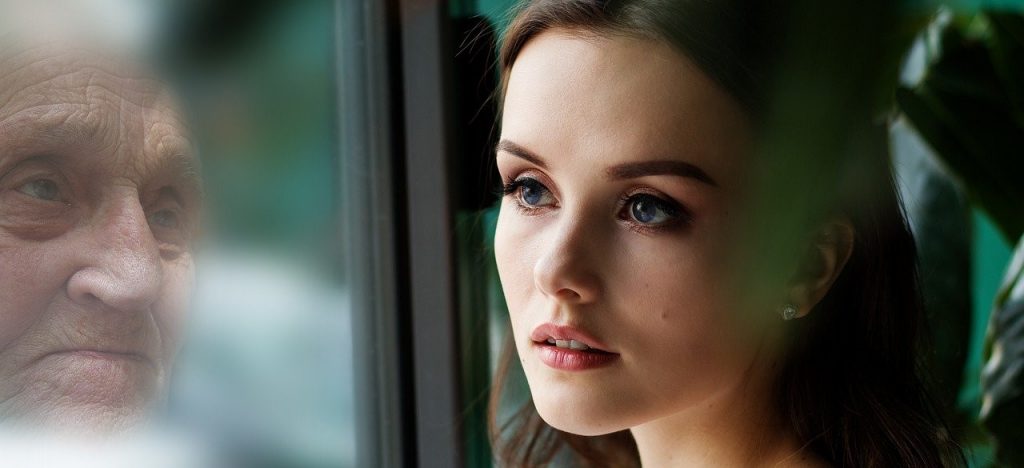Maybe you hold an image in your head of the type of woman (or man) who gets Botox. Amanda Montell did: Ramona Singer, of “The Real Housewives of New York,” “who is known,” Montell writes, “for always having white wine in hand and managing to look more youthful with age.
“I was 16 at the time and watched in pure contempt of Ramona’s superficiality. People who got Botox had their priorities all out of whack, I decided. Couldn’t people just let themselves age gracefully anymore? Shouldn’t the goal be feeling young instead of looking young,” Montell writes in her essay for the beauty site, Byrdie. “Now, looking back, I have to laugh at my young, wrinkle-free self. It’s easy to condemn procedures that eliminate wrinkles when you don’t have any of your own!”

‘How quickly your tune can change’
What she’s trying to say is that her perception changed when her reality changed. At 26, the woman who thought she was nothing like Ramona Singe sought her first preventative Botox treatment.
“Oh, how quickly your tune can change the moment you actually see yourself start to age,” Montell writes.
A photographer friend had taken some shots of Montell. Later, when she saw the prints, all she could see were the vertical lines between her eyebrows, her “angry 11s,” as she refers to them, and other lines across her forehead that she’d never really noticed before.
“It’s not as if the lines were extreme, but they were there, staring back at me, an undeniable physical symbol that one day I wasn’t going to look like—or be—a young person anymore,” Montell writes.
“I couldn’t help but think: If my goal is to feel young, but the way I look doesn’t match that, then one day I’m not going to recognize myself anymore. That’s what bothered me—I wanted my outside to match my inside. And my inside still felt so wrinkle-free.”
Preventative vs. corrective
It’s important to understand that our perceptions of the kind of people who get Botox, or any type of plastic surgery, for that matter, have been shaped by reality TV and pop culture sites, which rarely cast anyone in the best light. “Preventative Botox,” as the treatment’s come to be called, is quickly gaining traction in large part because millennials are dismissing outdated stigmas and becoming well-informed about the aging process and the options for slowing it down.
The benefit of beginning Botox, or any type of botulinum toxin, when fine lines are just beginning to form (preventative), rather than waiting until they become deeply etched (corrective), is that it retrains the muscles responsible for those lines, effectively stopping them in their tracks. And once that happens, even less Botox is needed to maintain the results.
“With all the information laid out in front of me, the taboos and judgements around this one small procedure seemed so senseless,” Montell writes.
As of when she wrote the essay, Montell had undergone two Botox treatments over the previous six months. Already, her “angry 11s” had completely disappeared, and her makeup, she writes, is going on smoother than ever.